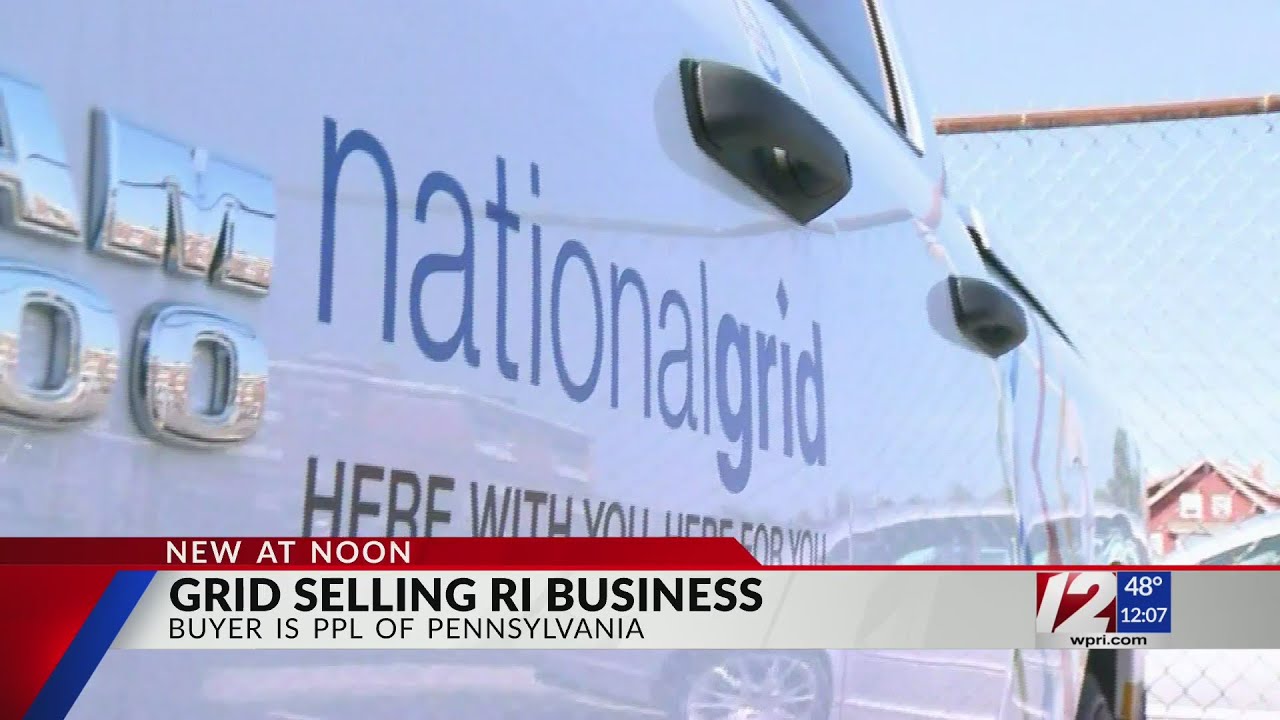Introduction: Energy Provider for Rhode Island
Rhode Island, the smallest state in the United States, relies on an energy provider to meet its power needs. This article aims to shed light on whether the energy provider for Rhode Island is National Grid. By exploring the historical background, operations, service coverage, and customer satisfaction, we can better understand the impact National Grid has on Rhode Island’s energy landscape and the advantages and disadvantages associated with its services.
Understanding the Role of National Grid
National Grid plays a crucial role as the main energy provider for Rhode Island. As a regulated utility, it is responsible for the transmission, distribution, and delivery of electricity to residential, commercial, and industrial customers across the state. National Grid ensures a reliable and consistent energy supply while adhering to industry standards and government regulations.
Historical Background of National Grid
National Grid traces its roots back to the early 20th century, with the establishment of the Narragansett Electric Company in 1916. Over the decades, through mergers and acquisitions, this company eventually became part of National Grid in 2000. National Grid’s acquisition of Narragansett Electric Company solidified its presence in Rhode Island and allowed it to expand its services across the state.
National Grid’s Operations in Rhode Island
National Grid operates an extensive network of power lines, substations, and distribution systems to deliver electricity safely and efficiently to Rhode Island’s residents and businesses. It invests in infrastructure maintenance, upgrades, and modernization to ensure the reliability and quality of the electrical grid. Additionally, National Grid responds promptly to power outages and emergencies, working tirelessly to restore service and minimize disruptions.
National Grid’s Service Coverage in the State
National Grid’s service coverage extends to the majority of Rhode Island, encompassing urban, suburban, and rural areas. It serves both densely populated cities like Providence and smaller towns across the state. However, there may be isolated areas or regions where National Grid’s coverage is limited, requiring alternative energy providers or solutions.
Renewable Energy Initiatives by National Grid
Recognizing the importance of sustainable energy sources, National Grid has been actively involved in promoting and supporting renewable energy initiatives in Rhode Island. It has partnered with local organizations and the government to develop solar, wind, and hydropower projects. National Grid also offers programs that incentivize customers to adopt renewable energy technologies, such as net metering and rebates for solar installations.
Assessing the Reliability of National Grid
Reliability is a crucial aspect of any energy provider, and National Grid strives to maintain a high level of reliability in its services. Through continuous monitoring, maintenance, and investments in grid infrastructure, National Grid aims to minimize power outages and ensure a consistent power supply. However, occasional disruptions may occur due to unforeseen circumstances like severe weather events or equipment failures.
National Grid’s Tariffs and Billing Practices
National Grid’s tariffs and billing practices are regulated by state utility commissions. They determine the rates and fees charged to customers for electricity usage, infrastructure maintenance, and other services. National Grid provides detailed billing statements, allowing customers to monitor their energy consumption and understand the associated costs. Additionally, the company offers various payment options and assistance programs to accommodate different customer needs.
Customer Satisfaction with National Grid
Customer satisfaction with National Grid’s services varies among Rhode Island residents and businesses. While some customers appreciate the reliable energy supply and responsive customer service, others have expressed concerns about the affordability of electricity and the complexity of billing practices. National Grid actively seeks feedback from customers and implements improvements based on their suggestions to enhance overall satisfaction.
Advantages and Disadvantages of National Grid
National Grid’s presence as the primary energy provider in Rhode Island offers numerous advantages. It ensures a reliable energy supply, invests in renewable energy, and contributes to the state’s economic growth. However, there are also disadvantages, such as potential price fluctuations and the limited choice of energy providers for customers. Balancing these advantages and disadvantages is essential to assess National Grid’s overall impact on Rhode Island.
Future Plans and Investments by National Grid
Looking ahead, National Grid has ambitious plans to further enhance Rhode Island’s energy landscape. It aims to continue investing in renewable energy projects, grid modernization, and infrastructure upgrades. National Grid also seeks to promote energy efficiency programs and increase customer engagement to create a more sustainable and resilient energy future for Rhode Island.
Conclusion: National Grid’s Impact on Rhode Island
National Grid’s role as the energy provider for Rhode Island is significant and multifaceted. From ensuring a reliable energy supply to supporting renewable energy initiatives, National Grid has a substantial impact on the state. While there are advantages and disadvantages associated with its services, National Grid’s commitment to customer satisfaction, investments in the future, and collaboration with stakeholders positions it as a key player in Rhode Island’s energy sector.





